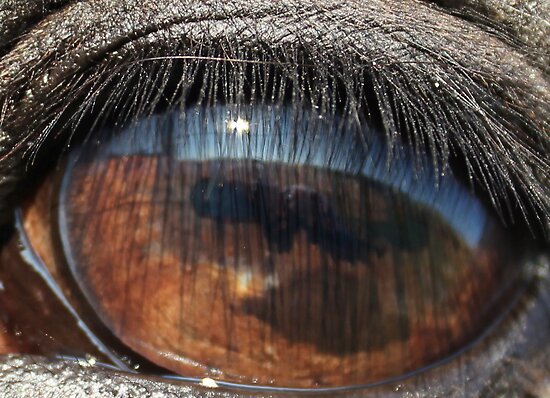In fact, persuasion itself is in the eye of the beholder, and this reality gives much power to those who create and produce what we behold. Inevitably, these creators' perspectives dictate our own perceptions. As Ocepek states in the "Images" chapter,
"All pictorial representations, even those that appear to be 'realistic,' reflect the artist's point of view" (63).
I tried to find some different images with intriguing points of view. What do you think about them? What perceptions or ideas do you think each respective photographer is trying to communicate to each viewer?
The resonance and persuasion of point of view in images is potent. In discussing this concept in class, I realized how vital it is to place the impetus on our audience, those we hope to persuade to donate to our food collection. A powerful method of accomplishing this is pathos, which point of view can easily add to an image or collection of images. I hope to use one greater image, one that will supersede all others that are a part of my collage, that's primary weapon is a point of view that draws my audience in, that makes that viewer feel like he or she is actually present to witness the suffering of the East African people. My desire is to convince him or her to act, and I hope to do this by locating or creating an image that possesses a subjective perspective that will compel its audience.
Below are two different commercials from the 2008 elections. Barack Obama endorses one against John McCain, and John McCain endorses the other against Barack Obama. How do you think these videos make use of point of view and perspective, both in the literal images they show and in the sub-text of their script and address? Do you think there is a difference in the tools used by the two ads, or do they function much in the same way?




No comments:
Post a Comment